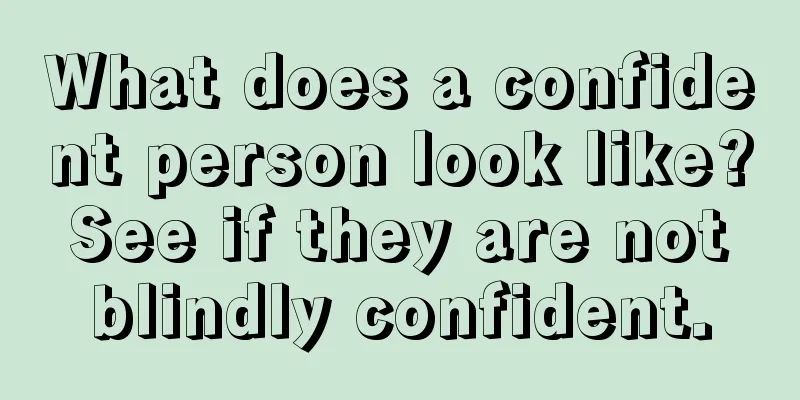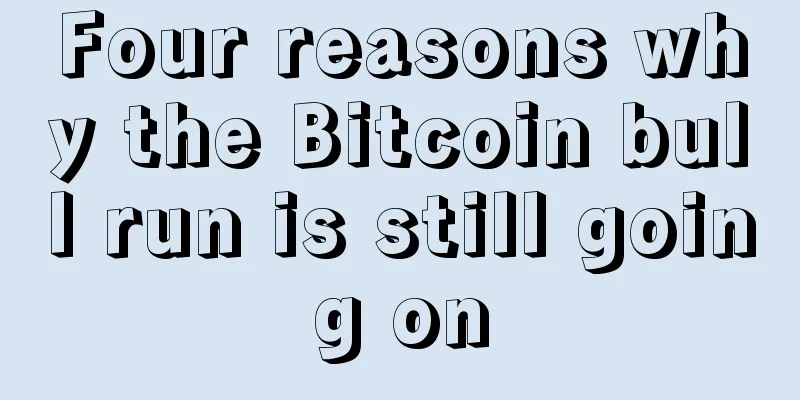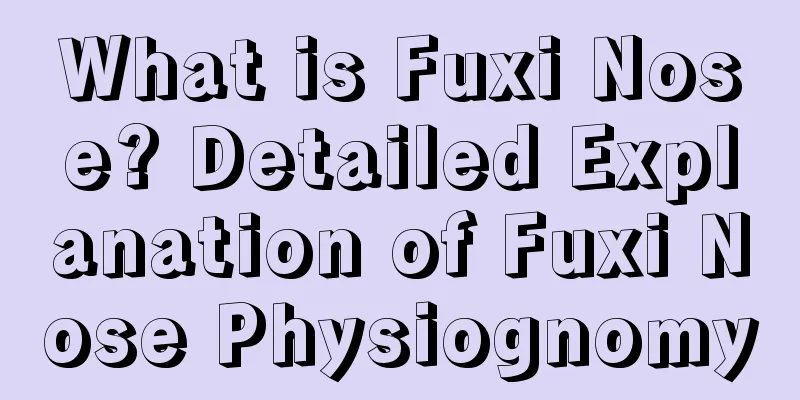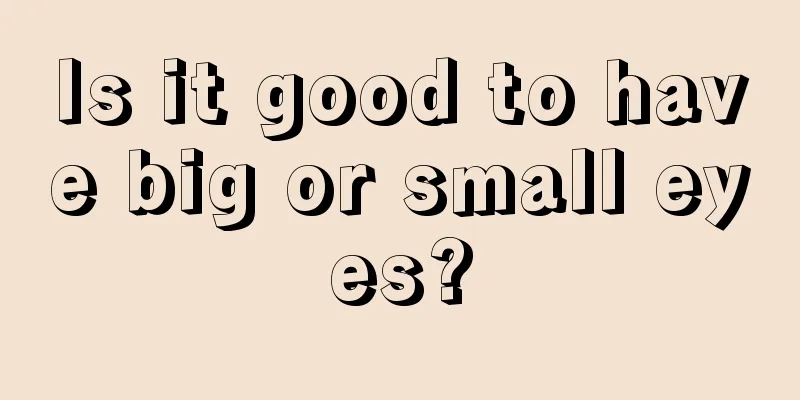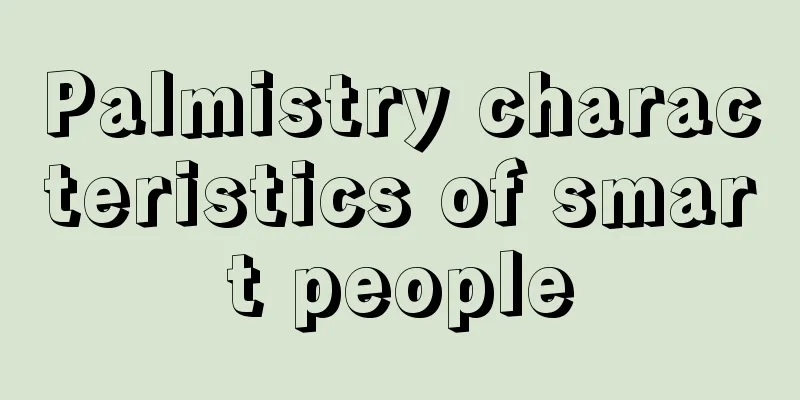Visa uses blockchain for cross-border payments, which may shake the dominance of SWIFT communication network
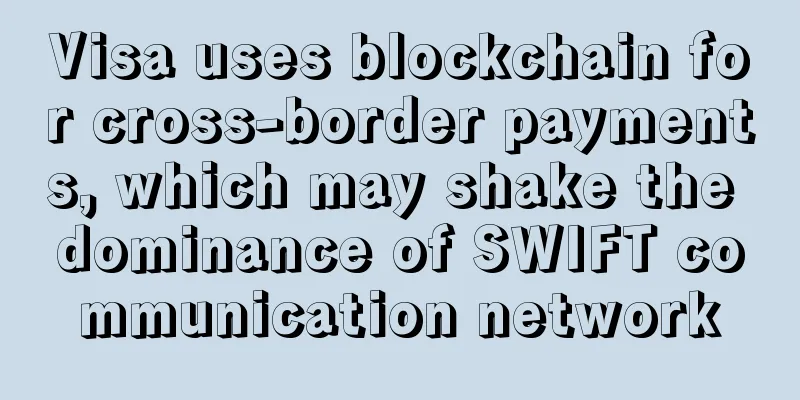
|
Rage Review : According to statistics, banks will spend more than $1 billion on blockchain projects this year. The Bitcoin-like system jointly developed by Visa and Chain can realize huge and complex cross-border payments between enterprises, transfer funds in real time, speed up transactions, and reduce the complex legal agreements required in the event of payment failure. The system may eventually compete with products developed by blockchain startups such as R3 and Ripple. Not only that, Visa's system will also challenge the dominance of the Swift communication network. Visa has installed the network in thousands of banks, so this is an excellent way to promote blockchain technology. Translation: Nicole Visa Inc. is preparing to launch a bitcoin-style network aimed at opening up a new market for large and complex cross-border payments between businesses. The new product, Visa B2B Connect, will use technology developed in partnership with Chain Inc., a technology startup in which Visa is an investor. Chain is one of a handful of companies that use the same type of network, often called a blockchain, to record the movement of the digital currency bitcoin and other assets (stocks) and payments. The investment is the first of dozens of commercial products among dozens of experiments by banks and other players that some technology analysts warn may not be able to keep up with the notorious bitcoin hype. Banks are set to spend more than $1 billion on blockchain projects this year, according to Greenwich Associates. Visa and Chain’s system represents a new challenge to the dominance of the Swift communications network, the primary method for companies to move large amounts of money between banks across borders. Swift has long been the target of hacks and has recently been the subject of a number of recent attacks and is under intense regulatory scrutiny. But cross-border payments remain the most lucrative business for banks. Visa is trying to become an alternative in that space by offering the product to its member banks starting next year as a tool to offer to their business clients. The California-based network operator is best known for supporting consumer credit and debit cards. Visa also currently supports merchant card payments, which are small and medium-sized payments, such as employee expense accounts. Commercial uses accounted for 11% of Visa's $1.3 trillion in payment volume last quarter. But when businesses need to make payments of hundreds of thousands or millions of dollars, they typically wire money through a bank or send a check. Using Chain’s software, known as Chain Core, Visa’s system lets businesses and their banks transfer value over Visa’s rails, rather than sending messages to everyone via checks or other intermediaries, such as correspondent banks, to move funds. In this way, funds can be transferred in real time, Visa and Chain say, much like a credit or debit card provides real-time transactions for consumers and merchants. This can speed up transactions and reduce the number of complex legal agreements required in the event of a failed payment. Jim McCarthy Jim McCarthy, executive vice president of innovation and strategic partnerships at Visa, said in an interview:
A handful of companies are trying to use blockchain to simplify these cross-border payments, which are complex and risky. Visa and Chain’s systems could end up competing with products developed by blockchain startups such as R3 and Ripple, as well as with their own banks’ projects. In a July report, consulting firm Accenture PLC estimated that $10 billion to $15 billion in transactions pass through banks each year, with $25 trillion to $30 trillion in cross-border payments. But Accenture said the market "will not transition to a new merchant payments network overnight, and certainly not over five years, depending on the competition from alternatives." Visa already operates a B2B Connect prototype with 30 banks in 10 countries around the world. Earlier this year, Visa Europe also said it would conduct early tests on a separate blockchain network to connect several banks in Europe. Adam Ludwin Adam Ludwin, co-founder and CEO of Chain, said blockchain technology needs a vehicle like Visa, which has installed a network at thousands of banks. He said:
Chain, based in San Francisco, raised $30 million last year from Visa, Capital One Financial Corp., Nasdaq Inc., Citigroup Inc.’s Citi Ventures and others. Chain also has venture capital backers including Khosla Ventures and Thrive Capital. |
<<: [Recommended] Can digital currency index funds beat the return rate of Bitcoin funds?
>>: Bloomberg: Australian bank blockchain trial spans 7,000 miles of ocean
Recommend
Judging a man's fortune in his later years from his philtrum
The philtrum is the straight groove between the n...
Correction: Ethereum protocol upgrade finalized, 33% reduction in production begins countdown
In the core developer meeting that just ended, th...
Why do governments like central bank digital currencies?
This article is a reader contribution, first publ...
Bitcoin breaks through $7,900 to hit a record high, Morgan Stanley CEO's comments stand out
Despite the constant "forks", the price...
What is the relationship between the position of the mole on the back of the hand and destiny?
There are many moles on our body, and depending o...
People with many forks in their marriage lines may suffer an unexpected death.
Is it good to have more forks in the marriage lin...
How blockchain startups are revolutionizing venture capital
William Mougayar is the author of Blockchain for ...
Bitcoin breaks through $50,000, up 2.63% on the day
On September 2, according to Huobi market data, B...
Pictures of the three most wealthy women
Whether a person will be rich or not can be seen ...
Mercury Hill in Palmistry Identifies Your Personality
Mercury Hill in Palmistry Identifies Your Persona...
Blockchain digital cash platform Safe Cash receives $1.2 million in seed round financing
On September 30, Safe Cash Payment Technologies, ...
Learn everything about Arbitrum airdrop in one article
No, your eyes are not deceiving you. This is not ...
What does a mole on the left earlobe mean?
Moles are common, but different moles represent d...
How to read the fate line in palmistry
The fate line is the main line in palmistry; so, ...
The face with strong sexual desire is very likely to cheat
Everyone is likely to cheat, and everything that ...

